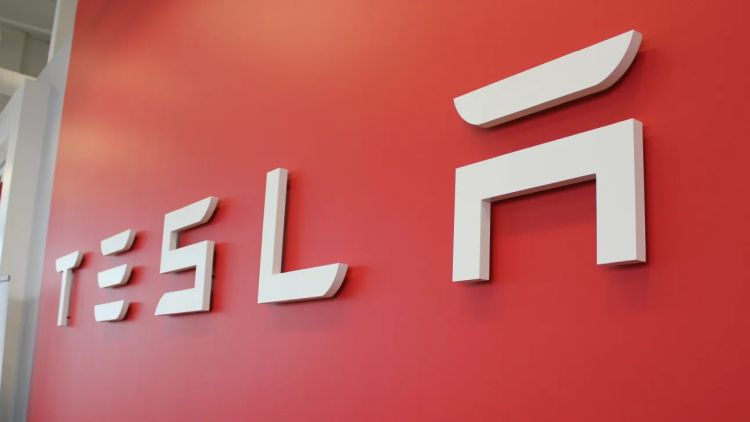TESLA

The company will undergo a stock split scheme
From Tesla's request published by US regulators, it is known that the already discussed issue of a 3 for 1 stock split will be put to a vote at the shareholders' meeting, which will take place on August 4th. Along the way, other issues will also be discussed, such as the right to organize and the reduction of the term of office of the members of the board of directors from three to two years.
The stock split scheme implies that holders of one share receive two more, and the capitalization of the company must not change. That is, if Tesla's share price is now slightly above $709, if it remains unchanged, a share after the split would cost $236. In theory, this will make it easier for investors with limited financial resources to access Tesla's assets. However, this reason hasn't been that relevant for a long time, as modern financial services allow customers to buy fractional shares of stock if they don't have enough cash for whole ones. Tesla itself in its documentation indicates that the stock split will allow company employees who receive part of their compensation in shares to manage their assets more flexibly.
At the shareholders' meeting, which will be held on August 4, other important matters will be discussed. It is proposed to reduce the term of office of the members of the board of directors from three to two years, after which they will have to be re-elected at the general meeting. Oracle founder Larry Ellison, who owns 1.5% of the company's shares, expressed a desire to step down from Tesla's board of directors. Elon Musk himself now owns a 23.5% stake in the company, so all his recent stock market activity hasn't really weakened the CEO's position.
There is a growing demand among shareholders for greater control over the observance of Tesla employees' rights and the exclusion of cases of gender or race discrimination. Shareholders are ready to consider the issue of employees' right to organize unions, but so far Elon Musk has actively resisted this, deeming his activities to be counterproductive for the business. In this, by the way, he is not alone from a historical perspective – one of the pioneers of the mass auto industry, Henry Ford, also fought unions at the same time.
Image source: Electrek

Nenhum comentário:
Postar um comentário